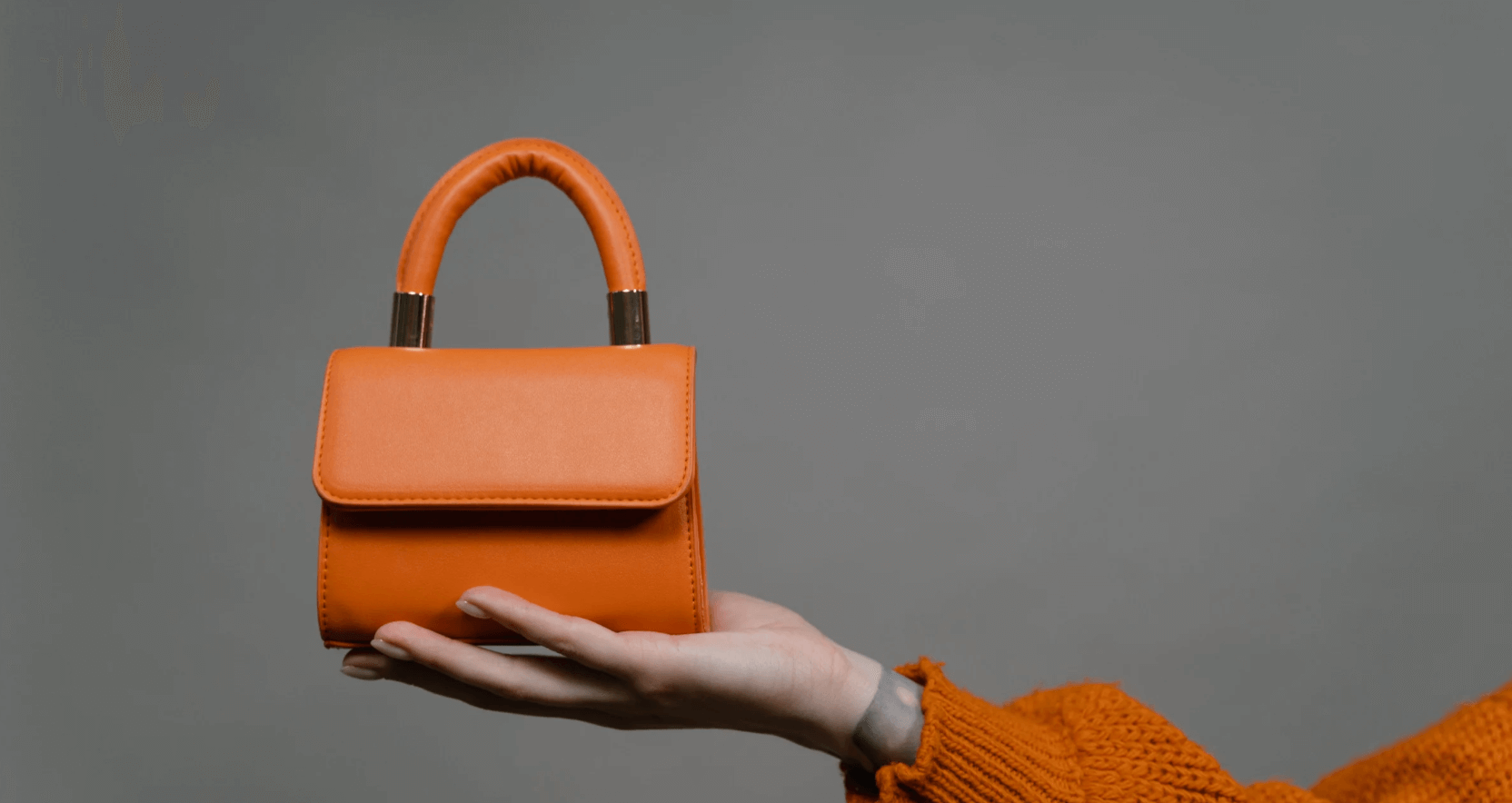
The Fascinating Evolution of Handbags Over the Years
Handbags are more than just functionality; they are a fashion statement, a status symbol, and sometimes even a work of art. In this article, we take you on a journey through time and explore the evolution of handbags, from their humble beginnings to the modern designs of today. We look at not only the styles, but also the social context in which these fashion accessories have developed.
The Origin of Handbags
Handbags have their origins in ancient times. Already in the time of ancient civilizations such as Egypt and Greece, people used small bags to store valuables such as coins and jewelry. These bags were often made of leather and were accompanied by intricate designs.
The Middle Ages and the Renaissance
During the Middle Ages, handbags were mainly reserved for the aristocracy. The bags were often richly decorated with embroidery and precious stones. During the Renaissance, women began using small bags that were attached to their belts or waists. These bags, also called "pouches", were practical solutions for storing small items during everyday life.
The 19th Century: The Rise of Style
The 19th century brought about a major shift in fashion. Vogue articles on fashion and accessories appeared, and handbags began to play a larger role in the fashion world. The Industrial Revolution made mass production possible, making bag designs more accessible to the masses.
The First Handbags
During this period we saw the emergence of the first real handbags. These bags were often made of sturdy canvas or cotton and were used by both men and women. They were practical and functional, but the real fashion parameters were not yet fixed. For women, women's bags were available in different shapes and styles, from small clutches to large shoppers .
The 20th Century: From Practical to Fashion
With the advent of the 20th century, the handbag took center stage in the fashion world. Designers began creating bags that were not only functional, but also fashion accessories in their own right. Brands like Louis Vuitton and Chanel entered the market with iconic designs.
The Iconic 1920s and 1930s
In the 1920s and 1930s, fashion changed dramatically, and handbags followed suit. The "flapper" ladies who emerged during this period used much smaller bags, often decorated with pearls and fringe. This changed the definition of a handbag to a fashion statement. In the late 1930s, Hermès created the first modern handbag: the Kelly bag, named after actress Grace Kelly.
The Late 20th Century: Diversification in Styles
The 1960s and 1970s saw an explosion of creative handbags. The hippie culture brought the tote bag and the shoulder bag to the forefront. These were practical and often handmade designs that served as a reflection of the social changes of the time. Brands incorporated these trends into their line of women's and men's bags.
The Impact of Pop Culture
Pop culture also influenced handbags. Famous movies and stars, such as Audrey Hepburn in "Breakfast at Tiffany's", increased the demand for specific bag styles. This led to a greater variety of textures, colors and styles in handbags.
The 21st Century: Sustainability and Innovation
Over the past two decades, the fashion world has seen a shift towards sustainable fashion. Brands and consumers are focusing more on the origin of materials and the environment. Recycled handbags and vegan options are gaining popularity.
Technological Freedom
Technology has also influenced the bag industry. With the rise of online shopping, it has become easier for consumers to discover new styles and brands. Social media platforms such as Instagram and Pinterest help share fashion inspiration and spread the latest handbag trends. This has led to an increased demand for unique designs, such as handbags that challenge traditional shapes and functions.
The Current Trends and Future of Handbags
As we enter the third decade of the 21st century, the evolution of handbags seems to be deepening. Fashion weeks in Paris and Milan continue to see innovative designs and encapsulations. From asymmetric silhouettes to multi-functional handbags, the possibilities are endless.
The Popularity of Personalized Bags
Personalization is one of the latest trends in the world of women’s and men’s bags. Customers want unique pieces that reflect their personality. Brands offer options to add initials, unique patches or color changes. This makes handbags not only functional but also a reflection of the individual.
Power of Reinterpretation
What we have seen over the years is that handbags have the ability to be reinterpreted. While many different styles continue to come and go, the basic elements - functionality, style and individuality - remain central. The evolution of the handbag shows us how fashion can reflect both change and continuity in our culture.
The Emphasis on Gender Inclusivity
With the shift in social norms, there has also been an increasing emphasis on gender inclusivity. Her bags have found their way into women’s fashion and vice versa. The boundaries are blurring when it comes to fashion and handbags, leading to more design and style choices for everyone.
A Journey Through Accessories
The journey of handbags through history is remarkable and offers us a rich context in which to understand current trends and designs. Whether you are looking for a stylish shopper or an elegant clutch for a night out, the evolution of handbags shows us that fashion is not static, but constantly changing and adapting to our needs.
So, the next time you're choosing a handbag, remember that you're not just choosing a practical accessory, but also part of a rich heritage that resonates in today's fashion world.







Leave a comment
This site is protected by hCaptcha and the hCaptcha Privacy Policy and Terms of Service apply.